Description
Okay, here’s an article focusing on 2-Hydroxypropyl Methacrylate, aimed at a general audience with some technical details included:
2-Hydroxypropyl Methacrylate: A Versatile Building Block in Modern Materials
Have you ever wondered what goes into creating the durable, high-performance materials we use every day? From the clear coats on your car to the resilient coatings on your smartphone, many modern products owe their unique properties to specialized chemical compounds. One such compound, often unseen yet incredibly important, is 2-hydroxypropyl methacrylate (HPMA).
What is 2-Hydroxypropyl Methacrylate?
At its core, 2-hydroxypropyl methacrylate is a colorless, relatively low-viscosity liquid. Its chemical formula is CH2=C(CH3)COOCH2CH(OH)CH3. This name might sound like a mouthful, but it breaks down into a few important components:
Methacrylate: This part of the molecule gives HPMA its reactivity, allowing it to form long chains called polymers. These polymers are the foundation for many durable and flexible materials.
Hydroxypropyl: This part introduces a crucial feature: an alcohol group (-OH) attached to a three-carbon chain. This hydroxyl (-OH) group makes HPMA very versatile, enabling it to interact with a wide range of other molecules and materials through hydrogen bonds and further reactions.
Why is HPMA so Important?
The unique structure of HPMA, with its combination of methacrylate and hydroxyl groups, makes it a valuable building block in various industries:
Coatings and Adhesives: HPMA is a key ingredient in paints, varnishes, and adhesives. Its methacrylate group allows it to polymerize into a strong, durable film. The hydroxyl group enhances adhesion to surfaces and also allows crosslinking of polymer chains for improved strength, durability and chemical resistance.
Acrylic Resins: HPMA is used to create a wide array of acrylic resins used in a wide array of applications, from dental materials to industrial coatings. The presence of the hydroxyl group allows tuning of properties by reacting with other molecules to make specialty resins.
Biomaterials and Biomedical Applications: Due to its biocompatibility and ability to form hydrogels (water-absorbing polymers), HPMA plays a role in the development of contact lenses, drug delivery systems, and tissue engineering.
Crosslinking Agent: HPMA acts as a crosslinking agent for other acrylic polymers, effectively increasing the strength, hardness, and heat resistance of the final material, particularly for use in coatings.
UV Curable Formulations: HPMA is used as a diluent for UV curable resins. It helps to reduce the viscosity and improves compatibility with other resin components.
Key Properties and Advantages of HPMA:
Reactivity: The methacrylate group readily reacts with other molecules to form long-chain polymers.
Hydroxyl Functionality: The alcohol group provides hydrogen bonding capabilities and sites for further chemical reactions.
Versatility: Can be used in various applications spanning biomedical and industrial fields.
Water Solubility: The hydroxyl group also provides some degree of water compatibility.
Handling and Safety:
While HPMA is valuable, like any chemical, it should be handled with care. It’s generally considered to have a low toxicity, but it can be irritating to the skin, eyes, and respiratory system. It’s important to use proper protective equipment, like gloves and eye protection, when handling it and always operate in a well-ventilated area, or using suitable respiratory protection. Always refer to the latest safety data sheet (SDS) provided by the manufacturer for detailed handling and safety requirements.
The Future of HPMA:
Ongoing research and development continue to unlock new potential applications of 2 hydroxypropyl methacrylate. Scientists are exploring its use in advanced materials, improved biomedical devices, and more sustainable technologies. As we continue to demand more from our materials, expect to see this versatile molecule playing an increasingly important role in our lives.
In Conclusion:
2-Hydroxypropyl methacrylate is a relatively unsung hero of material science. It’s a versatile building block enabling the creation of durable, high-performance materials we rely on every day. So, the next time you appreciate the smooth finish of your car or the comfort of your contact lenses, remember the fascinating chemistry happening behind the scenes – and the valuable role of compounds like HPMA in improving our lives. Get quality 2 hydroxypropyl methacrylate at HSFCHEM

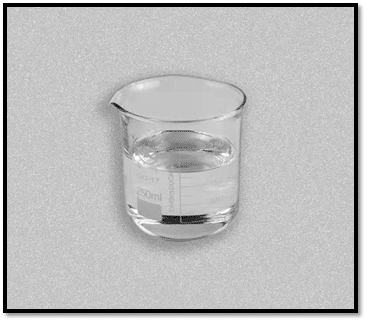
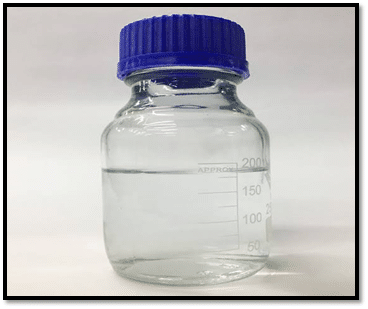
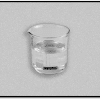
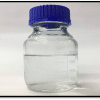
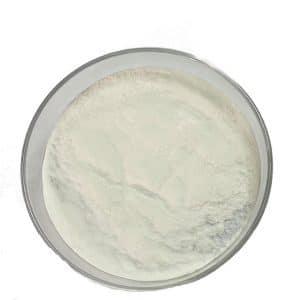
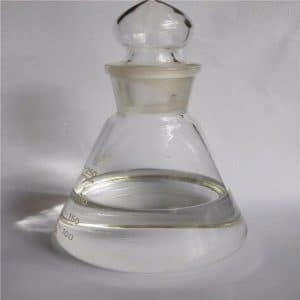

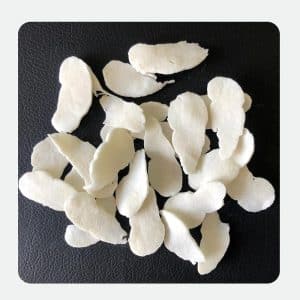

Reviews
There are no reviews yet.